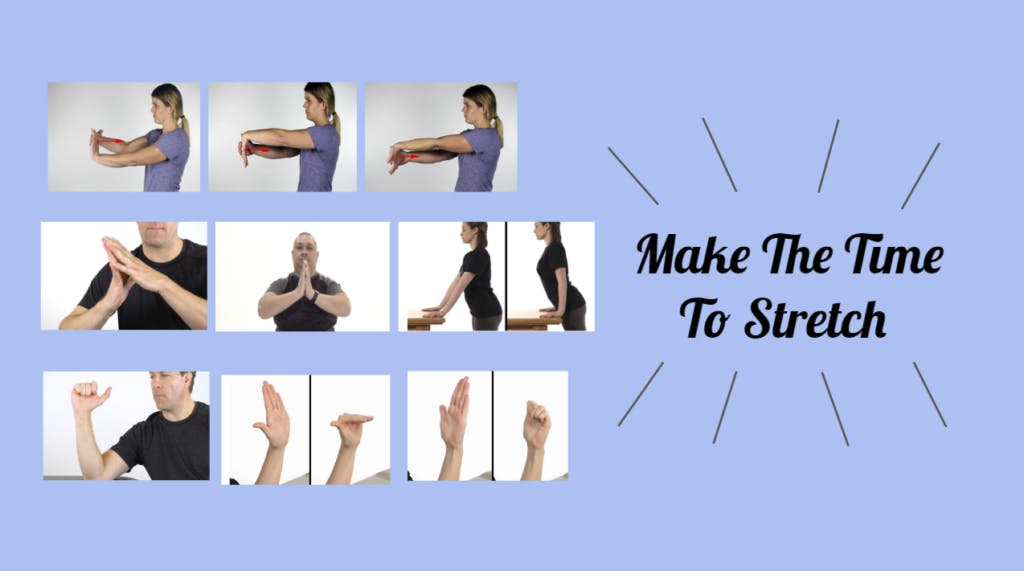Whether we are using our hands during athletics, working around the house/yard or to complete the demands of our jobs; our hands endure strain and stress on a daily basis. These daily activities can often lead to preventable injuries. Preventing hand injuries starts with knowledge and a few simple tips:
1. Perform daily stretches/warm-ups: Stretching the hands, wrists and elbows improves range of motion in the joints, increases blood flow and allows for smooth gliding of the tendons. Stretching and warming up either dynamically or statically will reduce the risk of muscle and tendon injuries.
2. Increase Strength and flexibility: Strength training helps to improve muscle strength, endurance and flexibility. By incorporating a few hand and wrist exercises into your exercise routine you will be reducing the risk for injury to muscles, tendons and ligaments.
3. Use proper equipment: Consider purchasing ergonomic tools in order to reduce the risk of injury. Ergonomic tools promote proper hand positioning, which results in decreased demands on the muscles and tendons. Some examples would be:
4. Be mindful of proper technique: It is important to pay attention to your body mechanics. Keep your wrists in a neutral position (not bent up or down for prolonged periods) and avoid repetitively bending the wrists. Place yourself close to the equipment you are working at to avoid awkward wrist and hand positions. And, pay close attention to proper technique with hands, wrists and elbows during sports activities.
5. Avoid overuse: An overuse injury comes from constant repetitive movements and stress on a body part. If you are starting to feel fatigue and pain in your hands or wrists, it is important to stop and take a break. Learn to listen to your body and do not avoid these warning signs that your body is being overworked!
6. Schedule frequent breaks: As a rule of thumb, stand up and move around for at least 30 seconds for every 30 minutes that you sit at a desk job. If you are working on a repetitive task such as shoveling or raking, stop every 30 minutes for a short break.
It is important to listen to your body and pay attention to any pain you may have in your hands or wrists. If you are experiencing pain for greater than three weeks, it is a sign that you may need to seek medical assistance. Remember, pain is your body’s way of indicating that something is wrong and it should not be ignored. If hand or wrist pain persists, it is recommended that you see a hand therapist or your medical provider.

